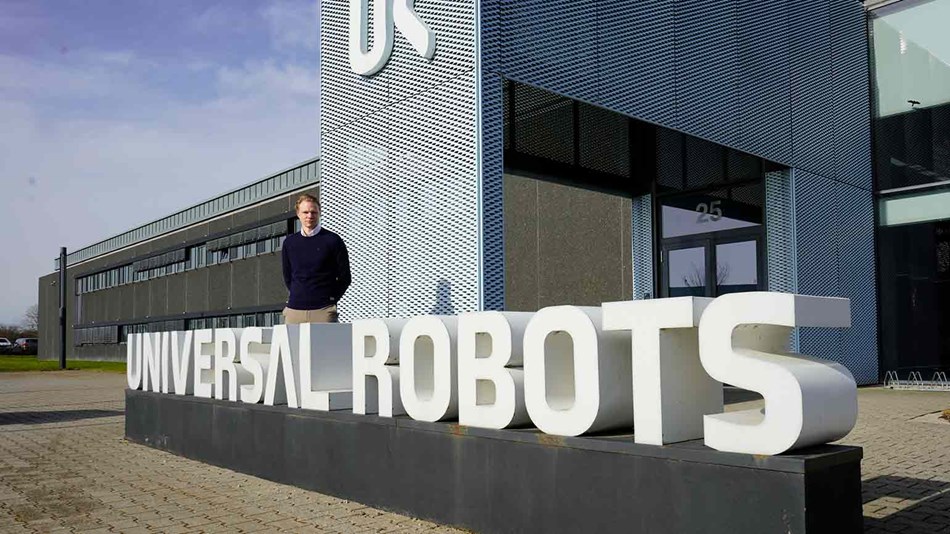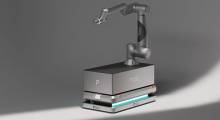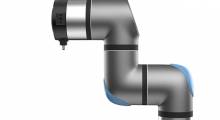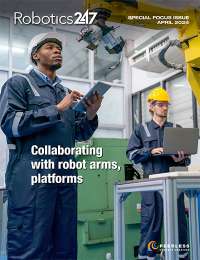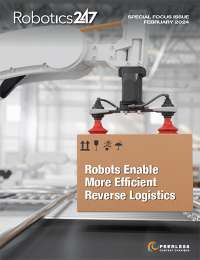Universal Robots, the largest company in a fast-growing Danish robotics hub, has become the cluster’s first organization to reach 1,000 employees – one of only a few Danish companies founded in this millennium to hit this milestone.
Since its first collaborative robot (cobot) was launched in 2008, Universal Robots has grown to be a global market leader in cobots with offices in more than 20 countries worldwide.
“This is an historic milestone for us, and we are proud of how we have evolved from being a local startup in the basement under the university to becoming a global cobot pioneer and market leader, stated Kim Povlsen, Universal Robots CEO and president. “Above all, it shows that we have a fantastic product and that many companies around the world can see the benefits of using our robots to develop their business.”
A 17-year journey
Universal Robots was started in 2005 by three researchers at the University of Southern Denmark - Esben Østergaard, Kasper Støy, and Kristian Kassow. The trio decided they wanted to build a robot that was lighter and easy to use than traditional automation.
Since then, Universal Robots has developed a range of cobot products, most recently adding the new UR20 to its portfolio. The Odense, Denmark-based company has sold more than 50,000 cobots worldwide.
As Universal Robots has thrived, so too has the Danish robotics scene, centered around Odense, a city of 200,000 people. The number of people employed by Danish robotics companies is forecast to reach 23,000 by 2025, while total revenues from the industry are already more than €2.8 billion, according to Universal Robots.
Odense Robotics was featured in Robotics 24/7's ”10 Robotics Clusters Around the Globe” list.
During the past year, Universal Robots said it has hired more than 200 employees to ensure the company is ready to realize the enormous growth potential that lies ahead.
“From the outside, there is, quite naturally, a lot of focus on the product and the technology,” said Povlsen. “But the tech does not just arise by itself. It's about having the right people on board, and at UR we have some exceptionally skilled and innovative employees who are able to constantly push the boundaries of what can be automated and how easily it can be done. If people 10 years ago could have seen what cobots can do today, they would have been amazed. Looking forward, the same should be the case in another 10 years’ time. Making it easier to solve ever more complex automation tasks is a very motivating goal.”
Povlsen predicts reshoring will help drive automation
The UR President predicts an increasing need for automation in the coming years, driven by several different things: a desire to protect employees from dangerous and monotonous tasks; reshoring, where companies move production closer to home in response to an uncertain world; and above all, a shortage of labor which will only get worse in the coming years:
“We have a new generation of cobots on the way, with the UR20 being the first model, and our own figures show that we have only reached approximately two percent of all potential customers worldwide. So the potential is enormous and while we celebrate the journey we've been on today, our eyes are firmly set on the future.”
Article topics
Email Sign Up

